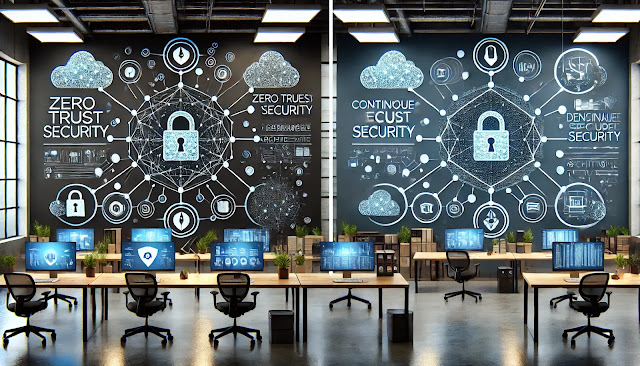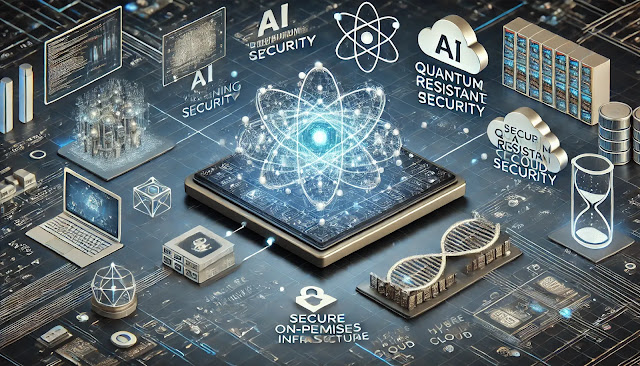In 2024, cybersecurity is seeing rapid advancements and
growing threats, shaped by evolving technologies and attack vectors. Some of
the key trends include:
1. 1. AI
and Machine Learning in Cybersecurity: AI is becoming integral to threat
detection and response, enabling real-time analysis of vast data sets to
identify suspicious activity. Machine learning algorithms are also improving
the accuracy of anomaly detection, helping organizations stay ahead of cyber
threats SANS
Institute Acronis. The rise of generative AI is reshaping the threat
landscape. Attackers are using AI to automate and enhance their tactics, such
as crafting sophisticated phishing attacks or automating multi-vector exploits.
Meanwhile, organizations are countering with AI-driven defences for real-time
threat detection and response Checkpoint Hack The Box
- Quantum
Computing: While quantum computing offers new opportunities for secure
computing, it also poses risks. Its ability to break traditional
encryption methods (such as RSA) is driving the development of
quantum-resistant encryption. The emergence of post-quantum cryptography
is crucial to securing data in a quantum-powered futuren Acronis Splashtop
3. Ransomware
and Supply Chain Attacks: Ransomware remains a prominent threat, with
attackers increasingly targeting critical infrastructure. Supply chain attacks
are also on the rise, as attackers exploit vulnerabilities in third-party
vendors. Businesses are focusing on multi-layered defense strategies, including
vendor risk management and proactive threat hunting SANS
Institute Acronis. Following high-profile incidents like the
SolarWinds hack, supply chain security remains a major concern. Attackers
exploit trusted relationships between organizations, injecting vulnerabilities
through third-party software and open-source dependencies Checkpoint
- Zero
Trust Architecture: The adoption of Zero Trust security models is
accelerating. This approach ensures that every access request is treated
as potentially malicious, requiring strict verification, continuous
monitoring, and minimal access permissions to reduce insider threats and
lateral movement within networks Splashtop
- Mobile
and Remote Work Security: As the use of mobile devices and remote work
continues to grow, ensuring secure access to corporate networks is vital.
Multi-factor authentication (MFA), strong encryption, and secure remote
access solutions are key to mitigating risks associated with mobile usage
Splashtop
These trends emphasize the importance of proactive
cybersecurity strategies and the need to adapt to a rapidly changing digital
environment. For more in-depth analysis, check out sources from the SANS
Institute and Acronis.
- Hybrid
Data Centers: Organizations are increasingly adopting hybrid cloud
models, blending on-premises and cloud-based infrastructure. This approach
enhances flexibility but also broadens the attack surface, making secure
orchestration between these environments critical Checkpoint
- Identity
and Access Management (IAM): With the growing complexity of digital
ecosystems, there is a shift toward identity-first security models.
Multi-factor authentication (MFA), single sign-on (SSO), and zero-trust
architectures are becoming standard to mitigate insider threats and secure
sensitive data Hack The Box Gartner
- Resilience
and Decentralized Security: As businesses continue to expand digital
ecosystems with increased cloud adoption and hybrid work, resilience is
becoming a top priority. Continuous threat exposure management and
decentralized security models are crucial for managing widespread vulnerabilities
and maintaining business continuity Gartner
These trends underscore the need for advanced, proactive
security strategies as organizations navigate an increasingly complex cyber
landscape.







0 Comments